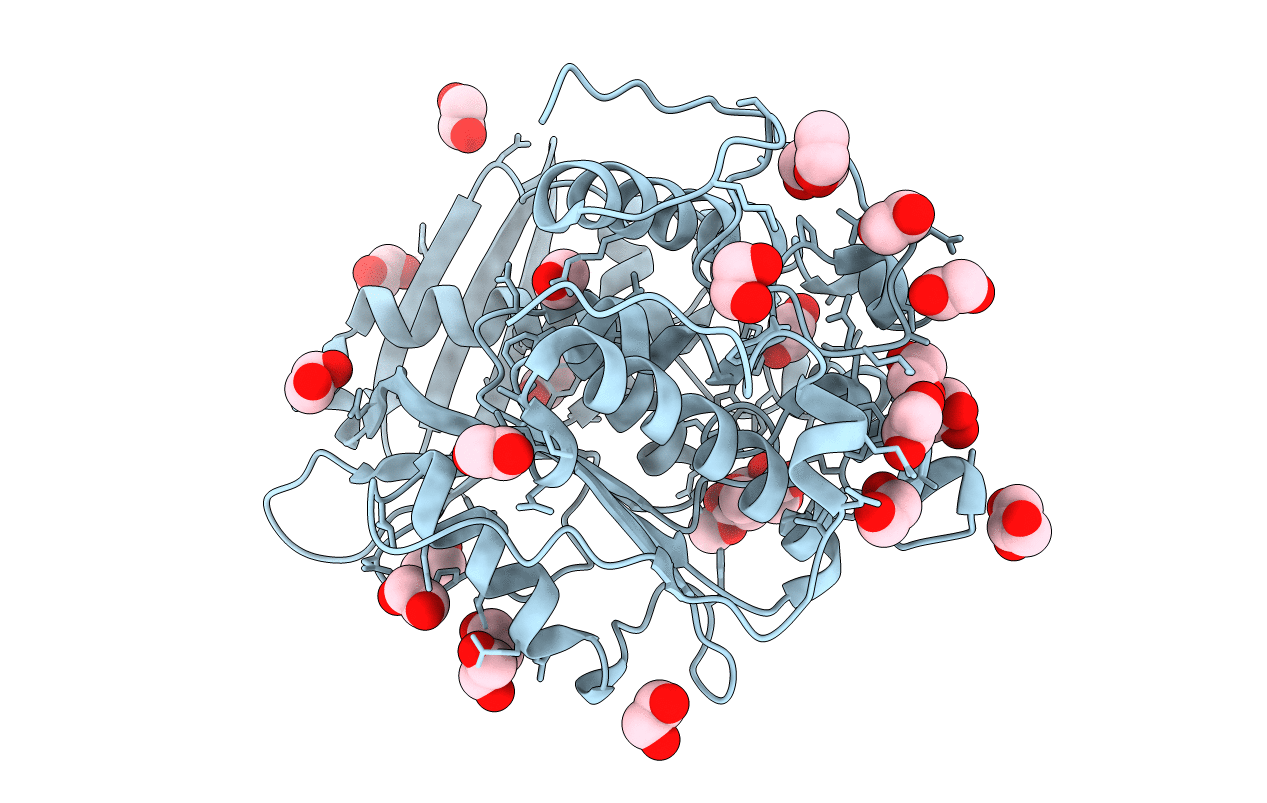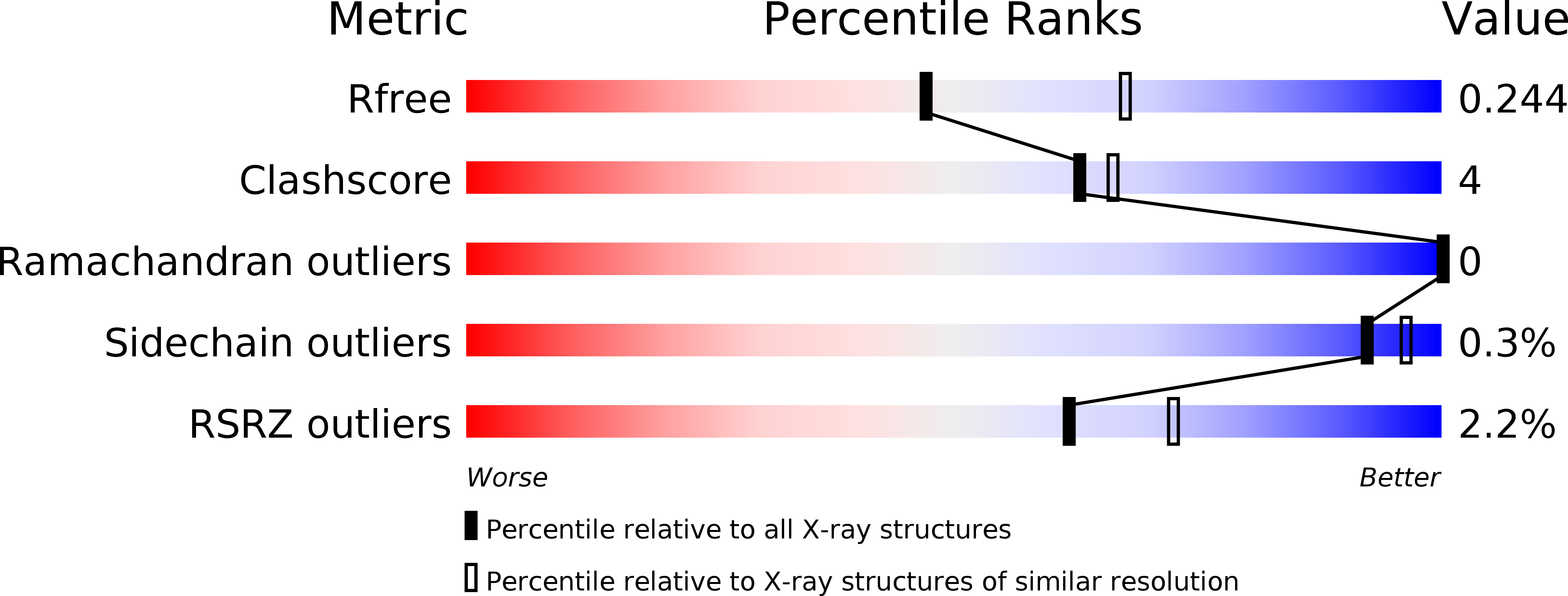
Deposition Date
2012-07-16
Release Date
2013-01-02
Last Version Date
2024-11-20
Entry Detail
PDB ID:
4G4J
Keywords:
Title:
Crystal structure of glucuronoyl esterase S213A mutant from Sporotrichum thermophile in complex with methyl 4-O-methyl-beta-D-glucopyranuronate determined at 2.35 A resolution
Biological Source:
Source Organism:
Myceliophthora thermophila (Taxon ID: 573729)
Host Organism:
Method Details:
Experimental Method:
Resolution:
2.35 Å
R-Value Free:
0.24
R-Value Work:
0.18
R-Value Observed:
0.18
Space Group:
P 21 2 21


